Introduction: The Quiet Convergence of Intelligence and Objects
The AI revolution isn’t loud. It’s not always splashy or viral. In fact, one of its most profound transformations is happening silently—in the very devices that surround us every day. From your smart thermostat to industrial robots humming in factories, artificial intelligence is gradually infusing intelligence into the Internet of Things (IoT), transforming it into a web of predictive, self-optimizing, and context-aware entities.
This isn’t just about smart homes anymore. We’re on the cusp of a hyper-connected ecosystem where machines anticipate needs before we express them, where devices adapt not only to users but also to their environments, and where entire infrastructures communicate autonomously to maintain, upgrade, and evolve themselves.
The Rise of Predictive Intelligence in Things
One of the most impactful applications of AI in IoT is predictive maintenance—a concept rapidly moving from futuristic vision to mainstream implementation. In manufacturing, transportation, and energy sectors, sensors embedded in equipment collect massive amounts of real-time data. AI algorithms analyze this data to detect subtle patterns that signal wear and tear before failure occurs.
Take aircraft engines, for example. With AI-driven predictive analytics, airline operators can now detect anomalies in engine performance days or even weeks before they pose a risk, reducing unplanned downtime and saving millions in operational costs.
This shift is fundamental. Maintenance no longer happens on fixed schedules or after breakdowns. Instead, machines “know” when something is off and proactively request repairs. It’s the difference between waiting for a lightbulb to burn out and having it order a replacement while still glowing.
Adaptive Behavior: Devices That Learn and Evolve
AI is transforming IoT devices from static tools into evolving digital organisms. Smart devices can now learn from user behavior, refine their operations over time, and respond differently depending on context.
Consider smart lighting systems in offices. Basic systems might dim lights after hours. But with AI, the system can analyze employee habits, meeting schedules, ambient sunlight, and even individual preferences. The result? Personalized lighting that boosts productivity, reduces energy waste, and enhances comfort—without human intervention.
At scale, this behavioral intelligence gives rise to living buildings, intelligent roads, and responsive public infrastructure. Imagine a smart city where traffic lights autonomously reroute vehicles based on real-time congestion, accidents, and weather forecasts. Or an irrigation system that waters only the thirsty crops, guided by weather data, soil sensors, and drone surveillance.
This adaptive intelligence isn’t reactive—it’s proactive, optimizing environments without waiting for human input.
Context-Aware Automation: Understanding the World Like Humans Do
Beyond reacting to user commands, AI-powered IoT devices are beginning to understand the context in which they operate. This is context-aware automation: devices that interpret data not just at face value but with situational understanding.
Take wearable health devices. Traditional fitness trackers might log steps and heart rate. But newer AI-enhanced wearables can identify signs of stress, dehydration, irregular heart patterns, or sleep disturbances. By integrating data from multiple sources—like ambient temperature, air quality, and even posture—these wearables can offer highly personalized advice or alert caregivers before issues escalate.
Context awareness is also shaping the future of autonomous vehicles. It’s not enough for a car to detect an object—it must know if it’s a child, a plastic bag, or a traffic cone. It must consider weather conditions, driver behavior, and route history. AI enables these machines to interpret complex environments like human drivers—only faster and with fewer errors.
The Emerging World of Autonomous Collaboration
Perhaps the most revolutionary shift is the growing ability of intelligent devices to work together—without human direction.
This is where edge AI and swarm intelligence come into play. Edge AI allows devices to process data locally instead of relying on cloud computing. This drastically reduces latency and bandwidth use while enabling real-time decision-making. Meanwhile, swarm intelligence borrows from the natural world—like flocks of birds or schools of fish—where individual units follow simple rules that lead to complex, coordinated group behavior.
Imagine a warehouse where hundreds of autonomous robots navigate shelves, restock inventory, and fulfill orders with perfect synchronicity. No central controller. No downtime. Just an intelligent mesh of devices communicating, adapting, and evolving as one.
In agriculture, fleets of AI-driven drones and sensor-enabled tractors could collaborate to analyze crop health, apply fertilizers with surgical precision, and respond to shifting weather conditions—all without farmers needing to lift a finger.
This is not distant sci-fi. It’s the near-future reality of distributed AI, where IoT becomes a cooperative, living system.
Hyper-Personalization and the Role of Human Data
As AI integrates deeper into the IoT, a new frontier emerges: hyper-personalization based on real-time human data. Our genomes, microbiomes, behavioral patterns, and environmental interactions are becoming fuel for algorithms that personalize everything from our diets to our commute routes.
Wearable biosensors now measure glucose levels, skin temperature, and stress hormones. AI interprets this data to fine-tune recommendations, identify emerging conditions, or even trigger automatic changes in your environment—like dimming lights or adjusting air quality to suit your physiological state.
Smart kitchens could soon suggest meals tailored to your gut microbiome and recent physical activity. Smart homes might dynamically shift lighting, sound, and temperature based on your mood, time of day, and recent sleep cycles.
The boundaries between devices and users will blur. Your environment will adapt to you as intuitively as a butler—only smarter, faster, and always present.
The Future: A Sentient Fabric of Intelligence
Looking forward, we are heading into an era where every object—from your coffee mug to urban infrastructure—could be embedded with intelligence. This shift is being accelerated by advancements in neuromorphic computing, low-power AI chips, and wireless energy harvesting.
The IoT of tomorrow won’t just be connected—it will be sentient, in a functional sense. Devices will collaborate like biological systems, learn in real time, and evolve with minimal human oversight.
But with great intelligence comes great responsibility. Security, privacy, and ethical considerations will be paramount. AI must not only be powerful—it must also be trustworthy, explainable, and aligned with human values.
Conclusion: The Invisible Hand of Intelligence
The transformation of IoT by AI is largely invisible—but profoundly disruptive. What began as simple connectivity is morphing into a dynamic, predictive, and contextually aware ecosystem of intelligent things.
As we move into this future, we won’t always notice the changes happening around us. Devices will anticipate, adapt, and act with a quiet intelligence that feels like magic—but is grounded in data, algorithms, and design.
The AI-powered IoT won’t shout. It will whisper, act, and evolve—silently reshaping the world beneath our fingertips.
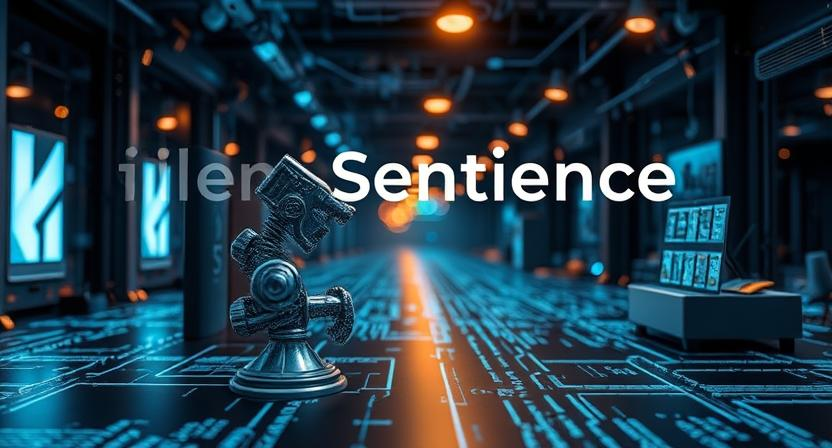
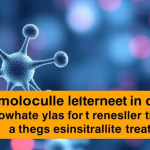
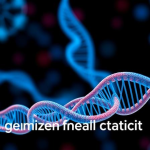
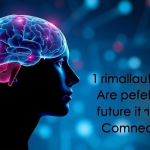
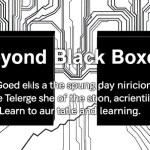
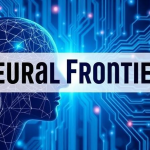
Leave a Reply